Adorable! Why Does The Nws Use Weather Balloons
In this way why do meteorologists use weather balloons. These measurements are obtained from automated instruments professional meteorologists and thousands of trained volunteer observersObservations are recorded and uploaded into powerful computer models.

Weather Balloon Lands On Praedictix Ceo S Property
The radiosonde is a small expendable instrument package that is suspended 25 meters about 80 feet or more below a large balloon inflated with hydrogen or helium gas.
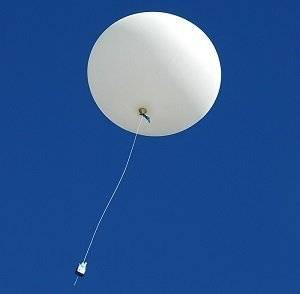
Why does the nws use weather balloons. They provide valuable input for computer forecast models local data for meteorologists to make forecasts and predict storms and data for research. The National Weather Service plans to install the Finnish Autosonde stations to release weather balloons and collect data beginning in the Southeast community of Annette next month and ending with eight communities later in Nome in August 2019. Special weather balloon flights are occasionally launched to observe the latest state of the atmosphere ahead of significant weather or to conduct research.
Meteorologists at NOAAs National Weather Service have always monitored the conditions of the atmosphere that impact the weather but over time the equipment they use has changed. Video of a weather balloon launch taken at the National Weather Service office in Green Bay WI. The National Weather Service explains that the balloons are made of latex or synthetic rubber and are filled with either hydrogen or helium to help in its flight.
The biggest cuts would take aim at the National Mesonet Program. NWS has been using balloon-borne radiosonde instruments since the late 1930s. A weather balloon is set afloat during an autolauncher test run at the National Weather Service Field Support Center in Sterling Virginia.
Weather balloons are simultaneously launched at 91 other NWS offices across the US. A weather balloon or sounding balloon is a device that carries meteorological instrumentation into the atmosphere. The balloon is only about 051 mm thick and will be only 0025 mm thick when it finally bursts.
Computer forecast models which use weather balloon data are used by all forecasters worldwide from National Weather Service. Each ICAO state may modify the code as needed. Over on YouTube OLHZN High Altitude Balloons has posted a very entertaining video showing how to use an RTL-SDR and small grid dish antenna to track and recover a fallen weather balloon and its radiosonde.
The special upper air observations are usually launched at 2 PMAM EDT and 1 PMAM EST. A weather balloon also known as sounding balloon is a balloon specifically a type of high-altitude balloon that carries instruments aloft to send back information on atmospheric pressure temperature humidity and wind speed by means of a small expendable measuring device called a radiosondeTo obtain wind data they can be tracked by radar radio direction finding or. Each costs roughly 12 million to install.
Balloons arent just for birthday parties. The data they provide are critical for local weather. NOAA scientists at the support center extensively evaluated autolaunchers for operational feasibility before the first unit was deployed to Kodiak Alaska in 2015 and now they test software upgrades to ensure continued high.
National Weather Service Key West 1 What is a radiosonde and how are the data it provides used. Each day in the United States over 210 million weather observations are processed and used to create weather forecasts. It consists of a radiosonde attached to a balloon that measures temperature humidity air pressure wind and other data which are sent back to a base station on Earth for analysis.
At that height he was above the vast majority of the atmosphere 99 of the atmosphere was below him the sky was nearly as black as space and the curvature of the earth was obvious see picture. The majority of a rockets fuel is burned to accelerate it horiz. A mesonet is a small-scale network made up mostly of automated weather stations and they observe weather events for an immediate.
As the radiosonde rises at about 300 metersminute about 1000. The primary reason for why the use of weather balloons has remained to be such a key part of the regional national and global forecast process is the fact that weather balloons have the unique ability of measuring local andor regional vertical profiles of temperature moisture wind speed wind direction and more pertinent details of the. Anchorage Daily News 482018 -.
The weather balloons are made of a synthetic rubber called neoprene or latex. Its easy to get to space but hard to stay there. A weather or sounding balloon is a balloon specifically a type of high-altitude balloon that carries instruments aloft to send back information on atmospheric pressure temperature humidity and wind speed by means of a small expendable measuring device called a radiosonde.
Attached to the balloon is the actual instrument called a. The US National Weather Service NWS launches over 200 weather balloons. The TAF code as described here is the one used in the United States.
Orbit is a free fall around the Earth. Weather balloons are an essential tool for meteorologists as it. This week we were all thrilled by the jump of Felix Baumgartner from a balloon that ascended to 128000 ft.
Over on YouTube OLHZN High Altitude Balloons has posted a very entertaining video showing how to use an RTL-SDR and small grid dish antenna to track and recover a fallen weather balloon and its radiosonde. Weather balloons are the primary source of data above the ground. A Terminal Aerodrome Forecast TAF is a concise statement of the expected meteorological conditions at an airport during a specified period usually 24 hours.
According to the National Weather Service The sides are about 0051 mm thick before release and will be only 00025. I assume you mean Why dont they launch satellites with weather balloons Three reasons. Since the late 1930s the NOAA National Weather Service NWS has taken upper air observations with radiosondes.
TAFs use the same weather code found in METAR weather reports. The ones that meteorologists use are a bit bigger than the ones you get at the store. As technology advanced our scientists began to use more efficient equipment to collect and use additional data.
The US National Weather Service NWS launches over 200 weather balloons everyday carrying an LMS-6 radiosonde rawinsonde. How high do weather balloons rise.
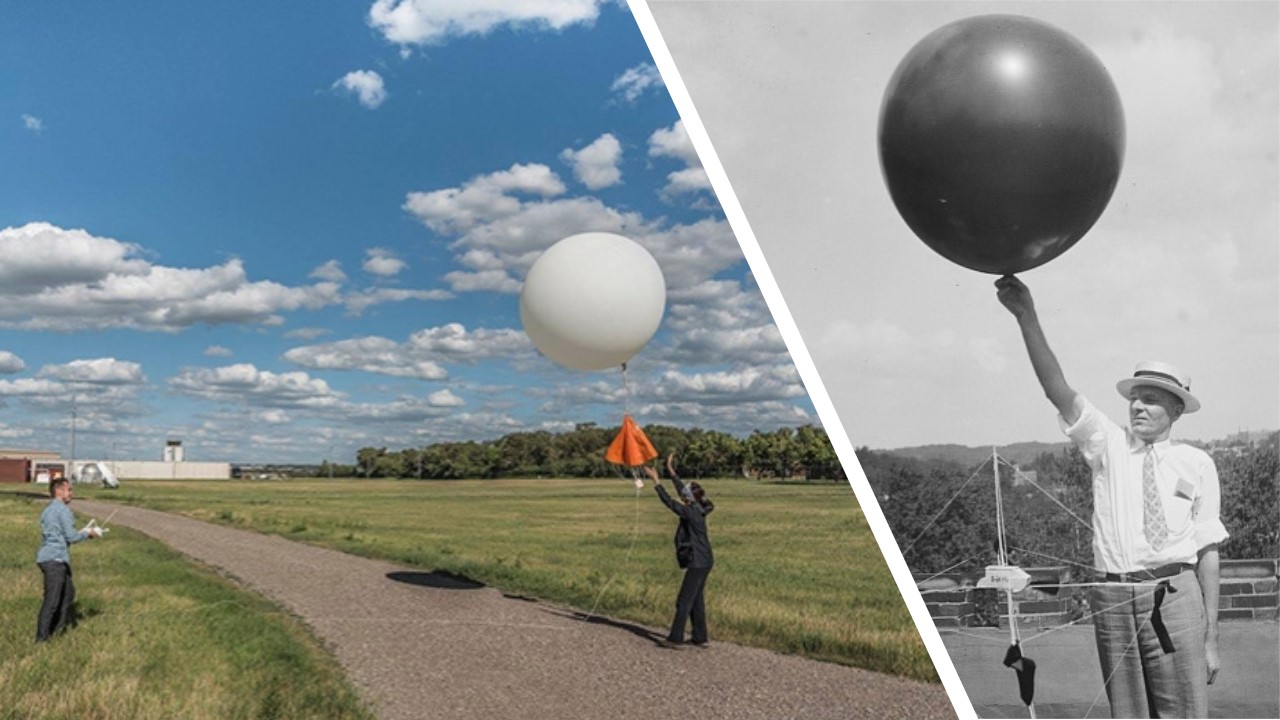
National Weather Service At 150 7 Tech Inventions That Improved Forecasting National Oceanic And Atmospheric Administration

Weather Balloon Gap Forces Stormgeo To Get Creative Stormgeo

Picture Climate Balloons Aren T Just For Birthdays National Centers For Environmental Information Ncei Formerly Known As National Climatic Data Center Ncdc
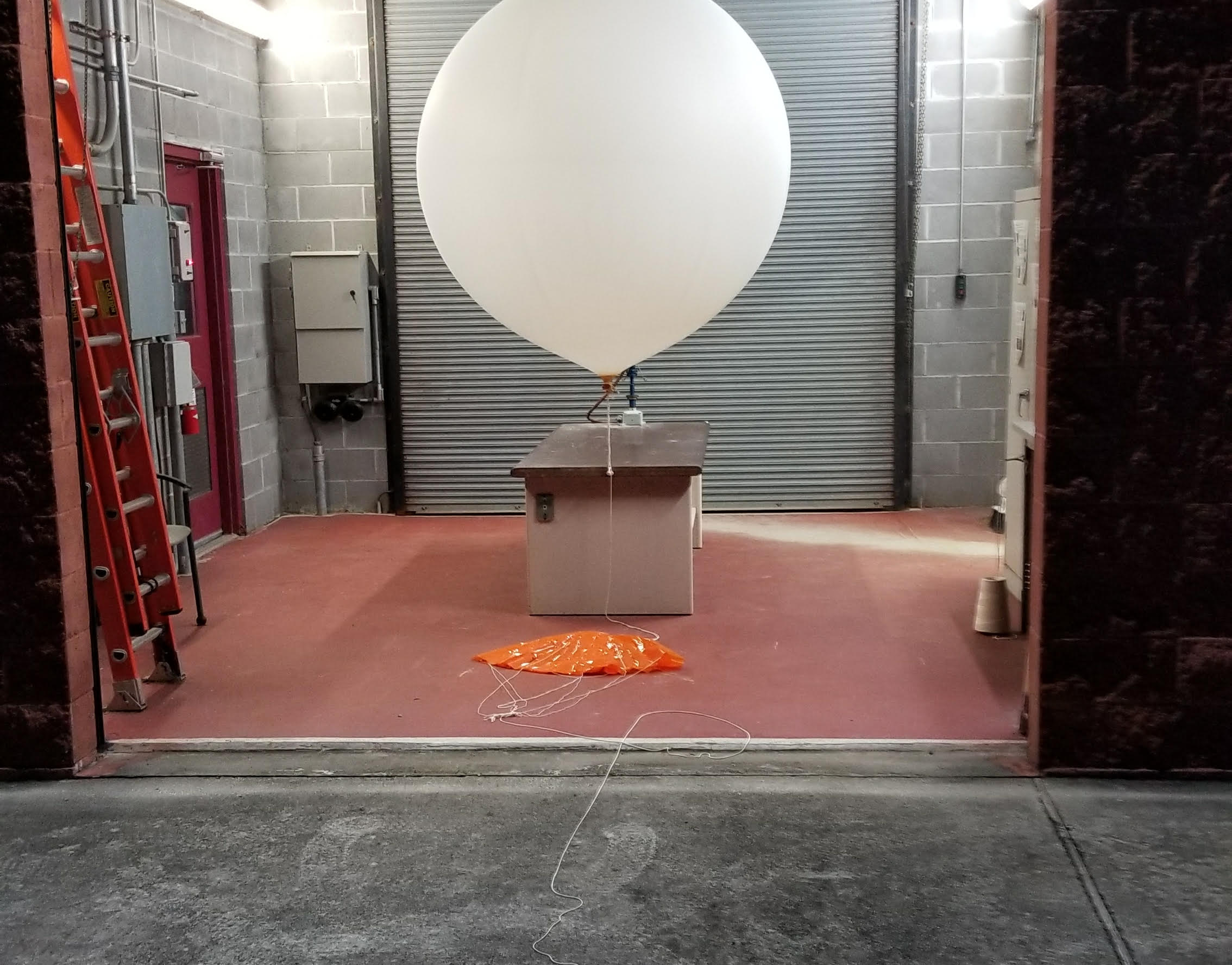
Weather Balloon Upper Air Observations
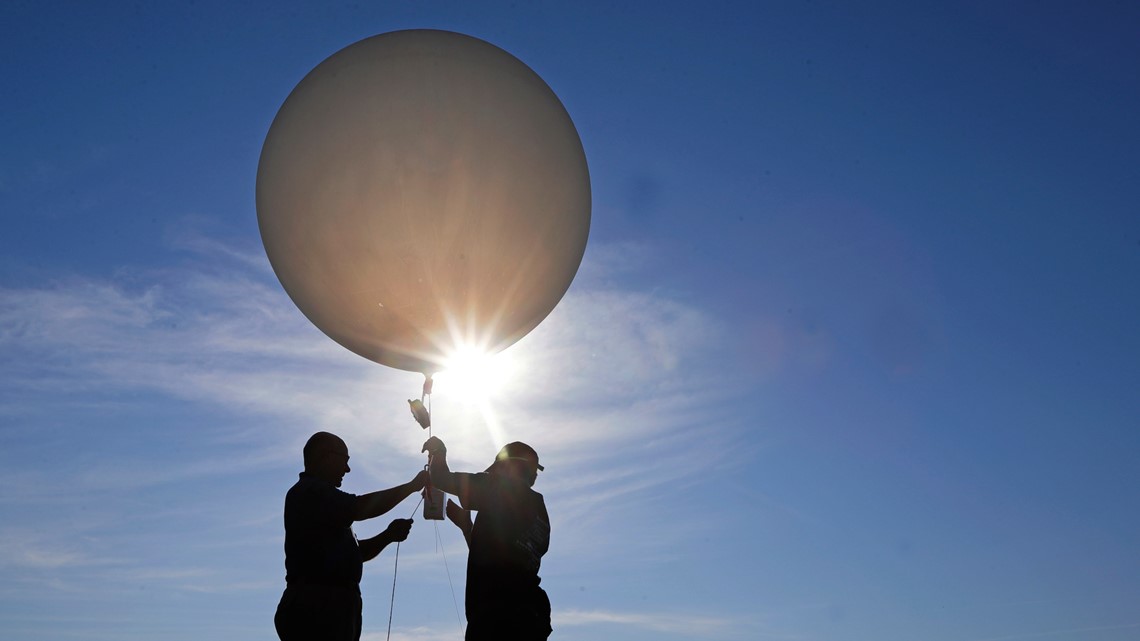
Here S Why Meteorologists Launch Weather Balloons Every Day Localmemphis Com

How And Why Weather Balloons Are Still So Important In The Forecast Process The Alabama Weather Blog Mobile
National Weather Service New York Ny Tour Weather Balloon Page
Us National Weather Service Phoenix Arizona Weather Balloons Are An Important Part Of Our Daily Operations During Monsoon Season We Will Be Releasing A Video In The Coming Weeks Detailing The

What Is A Weather Balloon And Why Is It Important
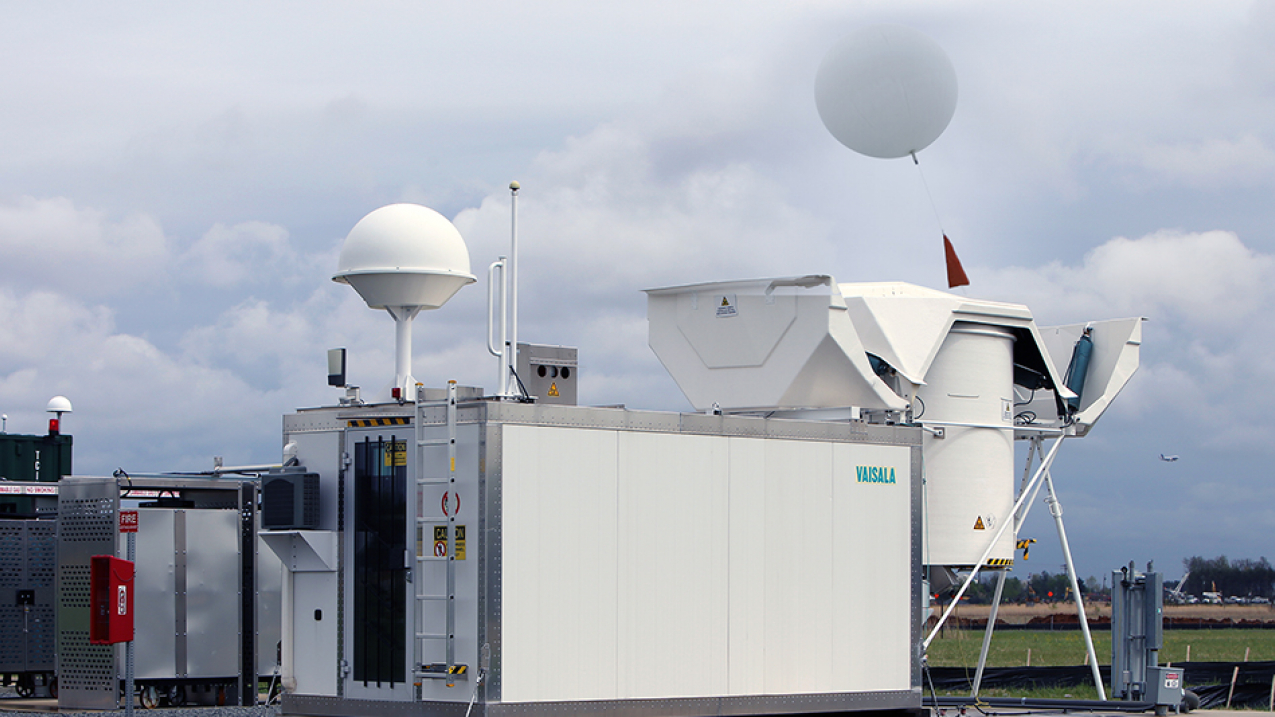
Noaa Adopts Technology To Automate Weather Balloon Launches National Oceanic And Atmospheric Administration

What Is A Weather Balloon And Why Is It Important

National Weather Service Weather Balloon Launch Youtube
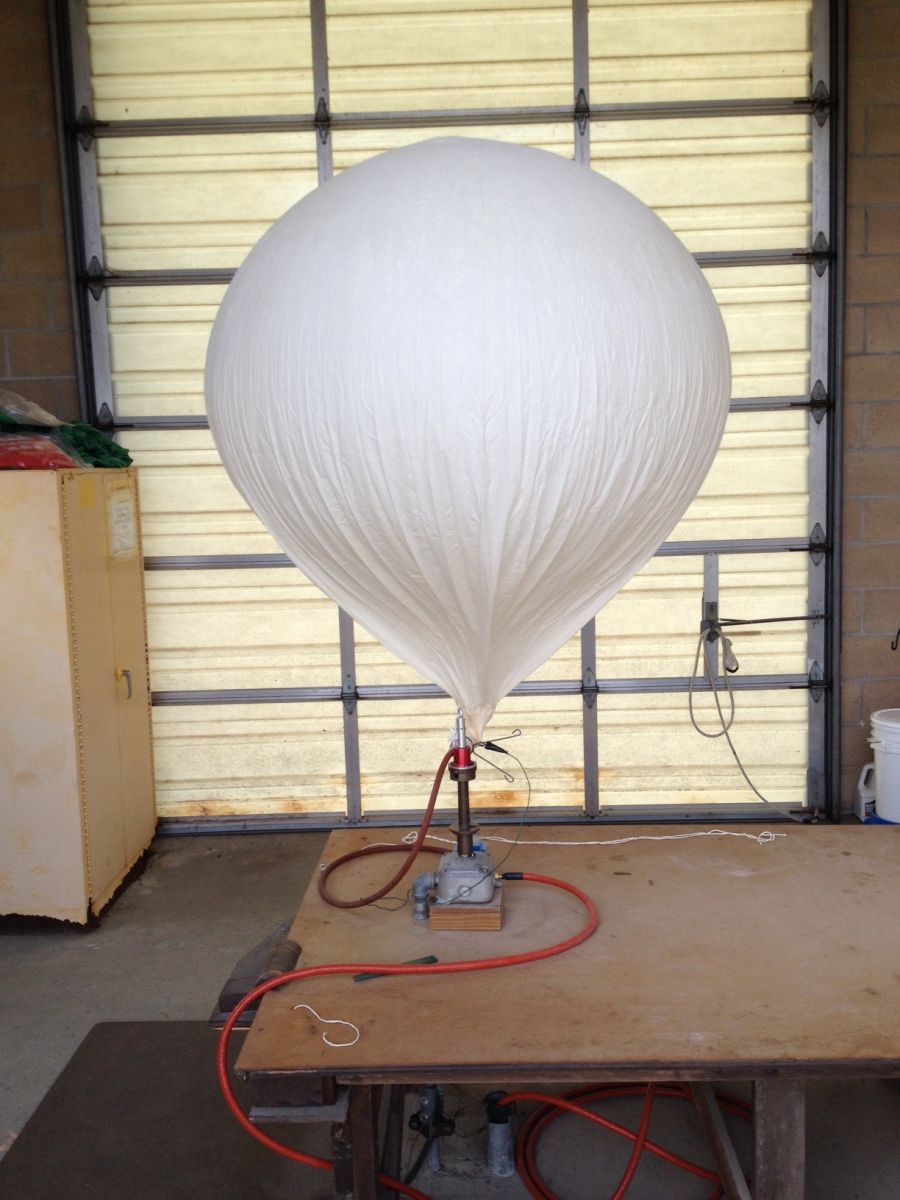
What Goes Into The Weather Balloon Launches
Weather Balloon Launched In Fort Worth Lands More Than 200 Miles Away In Louisiana

The History Of Weather Balloon Windy Community
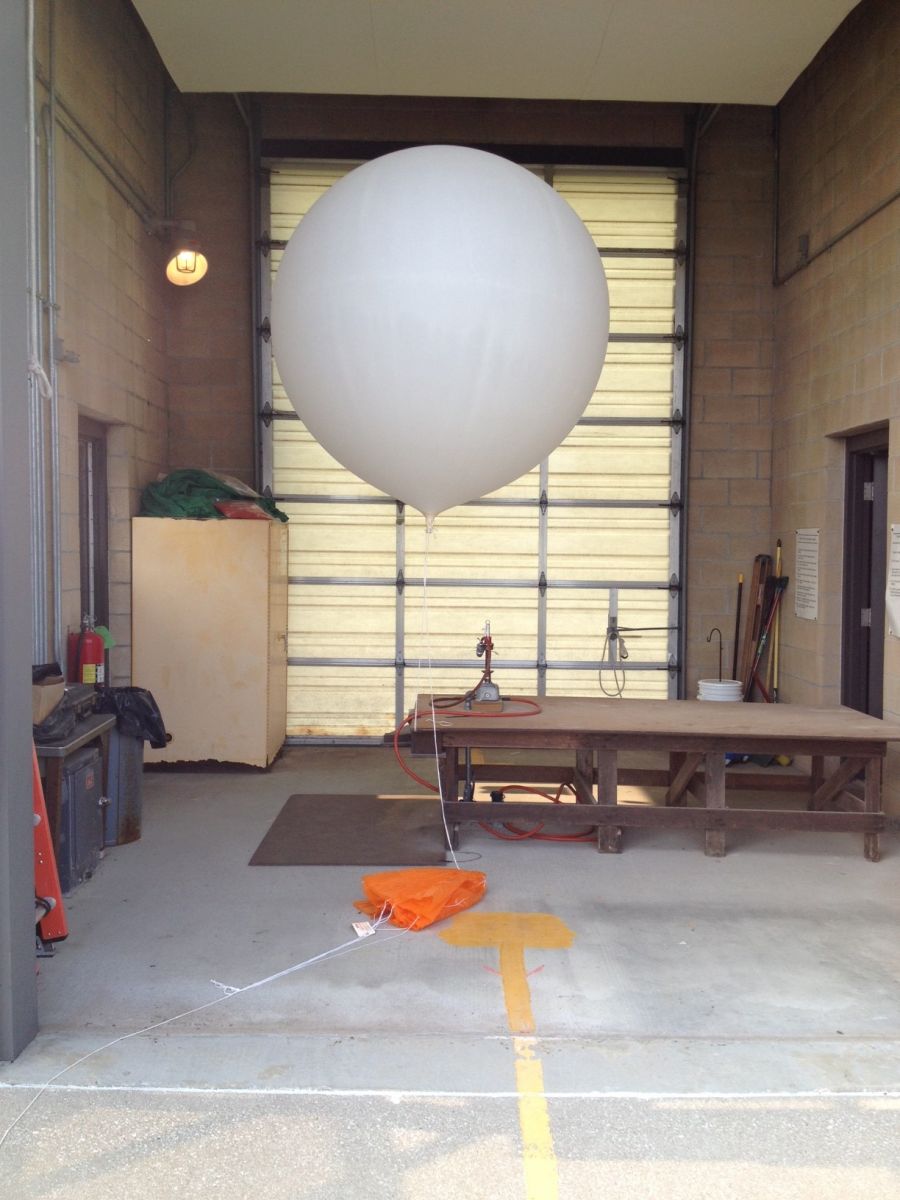
What Goes Into The Weather Balloon Launches
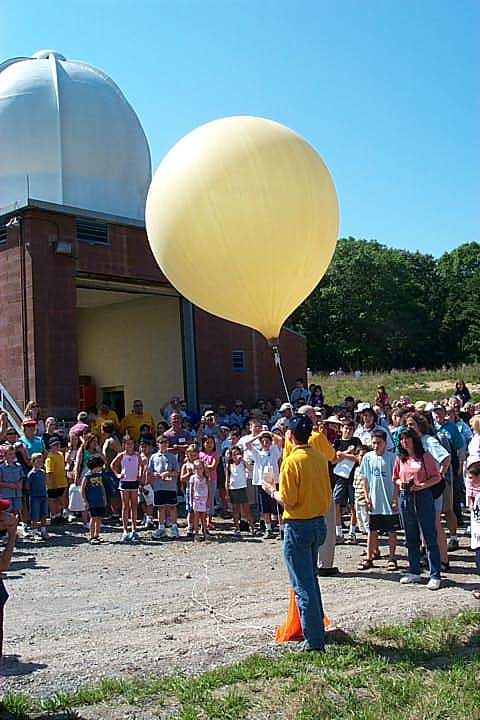
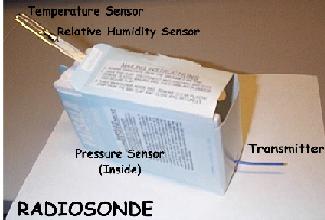

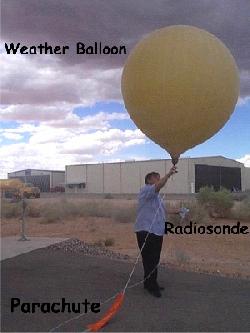

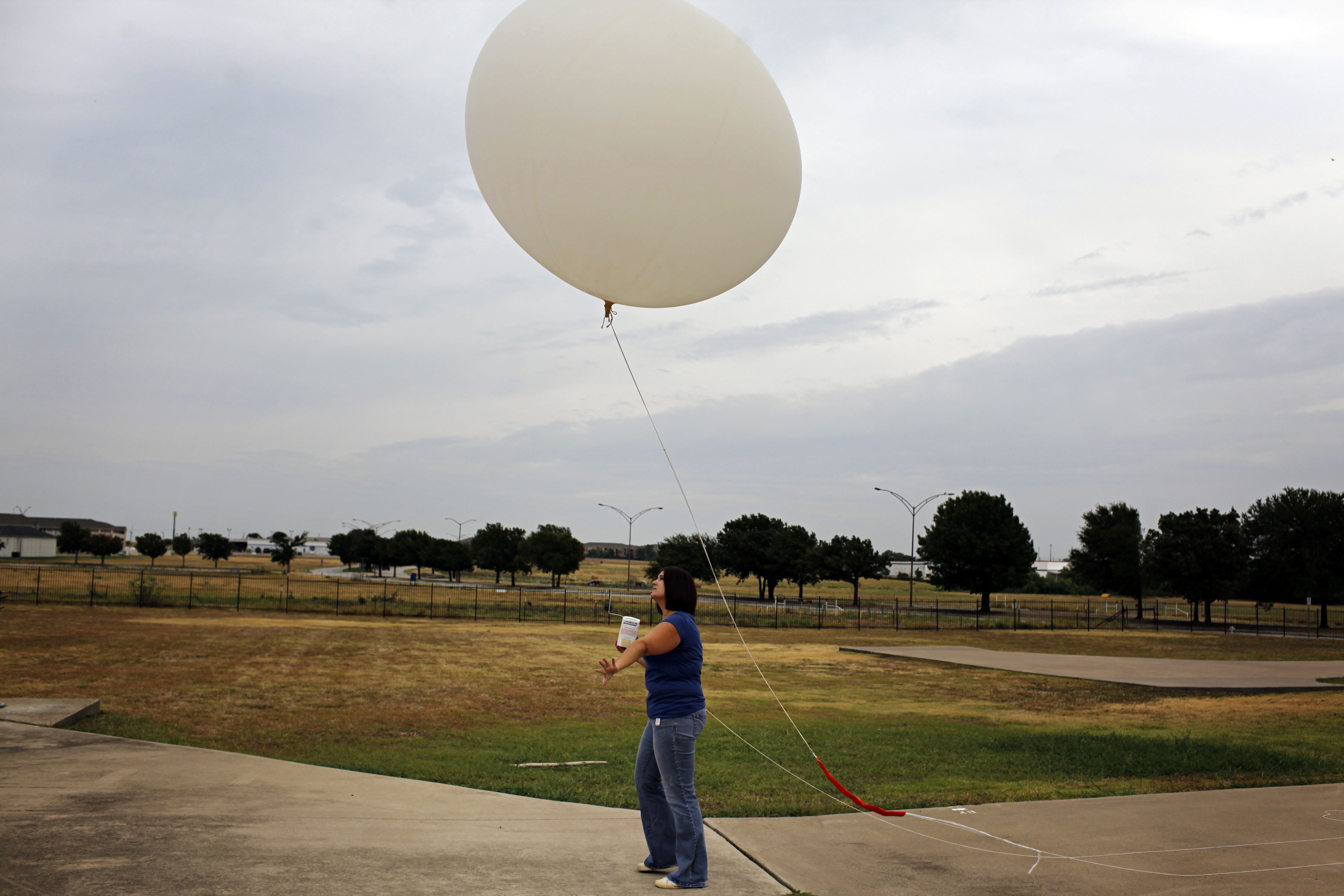
Comments
Post a Comment